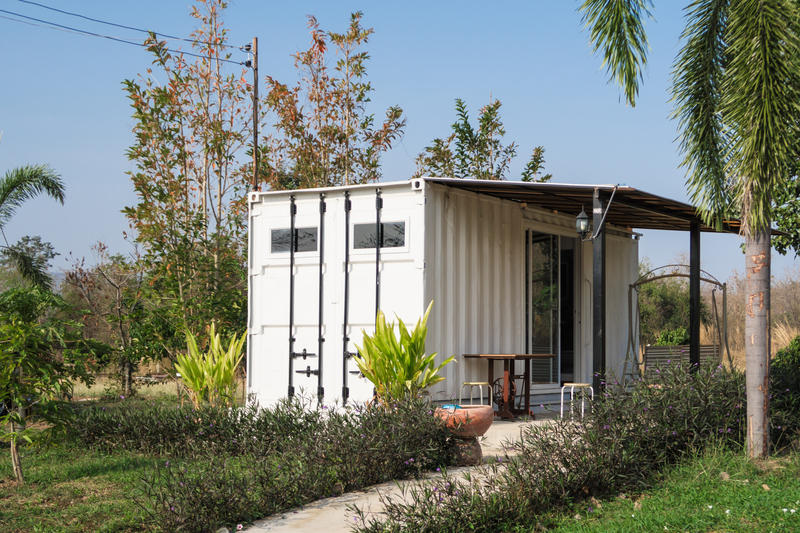In an era where sustainability and resource efficiency dominate industrial priorities, the transformation of wood waste into valuable resources is not just a necessity but an opportunity. This comprehensive guide will delve into how industries are seizing this opportunity, turning waste into wealth and contributing significantly to a greener planet.
The Growing Challenge of Wood Waste
Millions of tons of wood waste are generated annually from diverse sectors such as construction, furniture manufacturing, and packaging. This accumulation presents both an environmental challenge and a potential goldmine of untapped resources. The main concern lies in the inefficient disposal methods currently employed, which often lead to landfills overflowing and increased methane emissions.
Sources of Wood Waste
- Construction and Demolition: A significant portion is derived from old wooden structures and renovation projects.
- Manufacturing Scrap: The furniture and carpentry industries contribute notably high volumes.
- Forestry Operations: Residuals from logging and wood processing often go unused.
Given these sources, transforming wood waste into a valuable asset is more crucial than ever.

Innovative Approaches to Wood Waste Management
Fortunately, several innovative approaches are emerging to tackle the wood waste challenge effectively. These methods focus on minimizing waste generation and maximizing resource recovery.
Recycling and Reprocessing
Recycling involves reprocessing wood waste into usable materials. This could include converting scrap into wood chips or fibers for further use in composite products.
- Composite Materials: Recycled wood can be turned into composite boards used in furniture production.
- Bioenergy Production: Wood waste can serve as a renewable energy source, reducing reliance on fossil fuels.
Biomass and Energy Production
Another promising avenue is transforming wood waste into biomass for energy production. This approach not only addresses waste disposal concerns but also contributes significantly towards carbon emission reduction.
- Pellet Production: Wood pellets created from sawdust and other residues can be used for heating applications.
- Biofuel: Advances in technology have enabled the conversion of lignocellulosic biomass (cellulose, hemicellulose, and lignin) into biofuels.
Economic and Environmental Benefits
The conversion of wood waste into valuable products offers several economic and environmental benefits, which make the effort worthwhile.
Economic Advantages
The recycling and re-utilization of wood waste can create new revenue streams for companies. By selling recycled wood products, businesses can reduce their operational costs and capitalize on sustainable practices.
- Market Demand: There is an increasing market demand for eco-friendly products, including those made from recycled wood.
- Cost Reduction: By minimizing waste disposal costs, companies can enhance their profitability.
Environmental Impact
From an environmental perspective, reducing wood waste contributes significantly to conservation efforts. This practice slashes the volume of waste sent to landfills and curbs associated methane emissions.
- Carbon Footprint Reduction: Utilizing waste to produce energy reduces reliance on fossil fuels and lowers carbon emissions.
- Conservation of Resources: By recycling, we conserve precious natural resources and reduce the demand for virgin timber.

Challenges and Future Prospects
While transforming wood waste into valuable resources presents numerous opportunities, there are still challenges that need addressing. These include logistical obstacles, technological limitations, and regulatory hurdles.
Current Challenges
- Logistical Issues: Collecting and processing wood waste can be logistically complex and costly.
- Technological Constraints: While technology has advanced, some processes still require significant improvement to become economically viable.
- Regulatory Barriers: Regulations related to recycling and waste management can be stringent and vary widely between regions.
Future Innovations
Despite these challenges, the future of wood waste recycling is promising. Innovations in processing technology and circular economy initiatives are poised to make wood waste management more efficient and financially feasible.
- Advanced Sorting Technologies: Development in sensor-based sorting can significantly improve material recovery rates.
- Eco-design: Designing products with recycling in mind can extend their life cycle and ease decomposition.
Conclusion
In conclusion, transforming wood waste into valuable resources entails embracing innovative technologies and sustainable practices. This not only addresses the mounting environmental challenge but also provides significant economic benefits. With continued investment in these areas, wood waste can shift from being a detriment to a sustainable asset, supporting industries in achieving environmental targets while fostering economic growth.
The journey towards sustainability is complex, but the transformation of wood waste represents a significant step in the right direction, offering mutually beneficial outcomes for businesses and our planet alike.